Dam removal report is out : Record year for dam removals in Europe as report warns of safety risks of ageing barriers
Groningen, le Puy en Velay, 15 April 2024 – A staggering surge in dam removals resulted in almost 500 barriers being removed from European rivers in 2023, according to a report published today by Dam Removal Europe.
In line with EU’s biodiversity targets, the momentum behind dam removal continues to grow. As shown in the report, a remarkable 487 barriers were removed in 15 European countries, in 2023. These initiatives have led to the reconnection of over 4300 kilometers of river habitat, fostering biodiversity, restoring natural ecosystems and enhancing their resilience, which is critical for communities, economies and nature. Spain, which had been crowned the trailblazer of barrier removal in Europe for two years in a row, was dethroned by France and now occupies second place, followed by Sweden and Denmark.
“It is amazing to witness another record-breaking year for dam removals in European rivers. Almost 500 barriers – a 50% increase from the report published last year. It shows the movement is growing fast and brings new hope for the thriving of free-flowing rivers and people”, celebrated Herman Wanningen, Founder & Director of The World Fish Migration Foundation.
“France has been removing obstacles from its rivers for many years, as far back as 1997 on the Loire. We are delighted that the idea of free-flowing rivers is gaining ground in other European countries. Restoring free-flowing rivers is a truly effective solution for restoring the functionality and life of rivers,” says Roberto Epple, President of the European Rivers Network and co-founder of Dam Removal Europe. Roberto Epple also points out that “The policy for restoring rivers in France is an example elsewhere in Europe and remains inspiring. The Water Agencies have an essential role that must be supported and strengthened to meet the many challenges ahead.
But it’s not all good news, as the Nature Restoration Law is currently in limbo after it failed at the final hurdle, when it was unable to secure enough votes in the Council of Europe. The law includes a critical target for the restoration of 25000 km of river through dam removals.
While celebrating the movement expansion and highlighting special cases, the report also warns against safety risks posed by obsolete river barriers. For centuries, European rivers have been fragmented by more than 1.2 million barriers, posing significant hazards to both human life and wildlife. Dams, in particular weirs (low-head dams), have been identified as potential “drowning machines”, due to the formation of an inescapably strong subsurface current. Currently, there is no overview of the accidents that occur in European rivers, so Dam Removal Europe made the first attempt to collect information and increase awareness of the safety risks that dams may pose to swimmers, kayakers, and other recreational river users. It was found that in past years 82 incidents occurred in 16 countries, which resulted in 129 fatalities. In 80.5% of the incidents there was at least one death. Another worrying number is revealed when looking at the victims’ ages range, which was from 2 to 59 years old, and most were in their mid-20s to mid-30s.
Adding to this, climate change and the increasing occurrence of extreme weather events, paired with ageing dams unfit for current climate conditions, elevate the threat of collapsing dams. From loss of human life to displacement of communities, economic losses, and extensive environmental and property damage, the danger of dam failures is not a scenario to be ignored. With over 150,000 obsolete dams scattered across Europe, the potential for catastrophic failures presents a significant risk for nearby communities. It’s already happening.
Last year, at least three river barriers collapsed due to heavy rain in Norway, Northern Ireland, and Slovenia. A dam at the Braskereidfoss hydroelectric power plant on the Glåma River, in Norway, partially burst following days of heavy rain that triggered landslides and flooding and forced downstream communities to evacuate. Another dam broke at Mur River, in Slovenia, causing about 500 people to evacuate their village. At Lagan River near Lisburn, Northern Ireland, a weir also collapsed – the second failure of this barrier in less than a year.
Herman Wanningen draws attention to the need to remove these obsolete barriers and prevent future disasters: “We have built these structures for a reason and it’s good to acknowledge this. Think about watermills at factories, irrigation, water level management, producing hydropower and navigation locks. But these structures were built in different climate conditions and are ageing. It’s time to re-think the way we are managing rivers and open them up again. Free flowing rivers is the new way forward if we want to save nature and people. A river that does not flow freely is slowly dying”.
Looking ahead, the European dam removal movement shows no signs of slowing down, with numerous projects slated for 2024 and an increasing network of over six thousand individuals, which has played a pivotal role in raising awareness and driving action across the continent.
Several significant barrier removal projects are on the horizon for the near future. Croatia is set to proceed with the removal of eight barriers, including parts of old mills and remains of older infrastructure, in Plitvice during April and May, with the aim of restoring natural river flow and biodiversity. Romania is also gearing up for its first barrier removal scheduled for May, a move anticipated to enhance river connectivity and ecosystem health. In Spain, the Catalan Water Agency plans to commence dam removal in Colonia del Rio in June, continuing its proactive approach towards river and ecological restoration in the country.
The report is officially launched today at the Free Flow Conference, an event co-organized by the World Fish Migration Foundation and the Institute of Fisheries Management, taking place in the wonderful city of Groningen in The Netherlands.
Full report is available at the Dam Removal Europe website: http://damremoval.eu/wp-content/uploads/2024/04/Web-version_DRE-Report-2023.pdf
Download press release in french, in english.
## END OF PRESS RELEASE #
Quick facts and Editor’s Notes:
- 487 removed barriers reported in 2023 in 15 European countries – a 49.8% increase from the previous year!
- Through these dam removals, more than 4300 km of river habitat were reconnected.
- France was the trailblazer of barrier removal in Europe, followed by Spain, Sweden and Denmark.
- 78% of the removed barriers were lower than 2 meters high. 46% of the removed barriers were weirs and 36% were culverts. Dam was the next most common type of the removed barriers (12%).
- Most barrier removals occurred in West and North Europe, regions where barrier density is higher. Nevertheless, this river restoration tool is gaining attention in other regions, like the Balkans, through an Open Rivers Programme-funded project to scale up dam removal in Southeastern Europe.
- Official Dam Removal Europe’s website: http://damremoval.eu
- In France, in 2023 ERN supported a major river restoration project. In agreement with the owners, the Syndicat mixte des bassins Bandiat Tardoire removed four obstacles, including the weirs of old mills that had been abandoned and were in a poor state of repair. The work enabled 30 km of river to be reopened, on a watercourse classified as having a high eel population. The project was funded by Open Rivers. https://www.ern.org/fr/effacement-de-4-seuils-sur-la-tardoire-bv-charente/
Contacts:
- Roberto Epple, Président de European Rivers Network roberto.epple@ern.org
- Maria Inês Conceição, Communications Advisor at the World Fish Migration Foundation, maria@fishmigration.org
- Ruben Rocha, Dam Removal Europe Project Manager, ruben@fishmigration.org
About Dam Removal Europe
Dam Removal Europe (DRE) is a coalition of 7 organizations: the World Wildlife Fund (WWF), The Rivers Trust, The Nature Conservancy, the European Rivers Network, Rewilding Europe, Wetlands International, and the World Fish Migration Foundation. The ambition of DRE is to restore the free-flowing state of rivers and streams in Europe. In that respect, DRE aims to establish barrier removal as a restoration tool and to mainstream this practice. More information: www.damremoval.eu
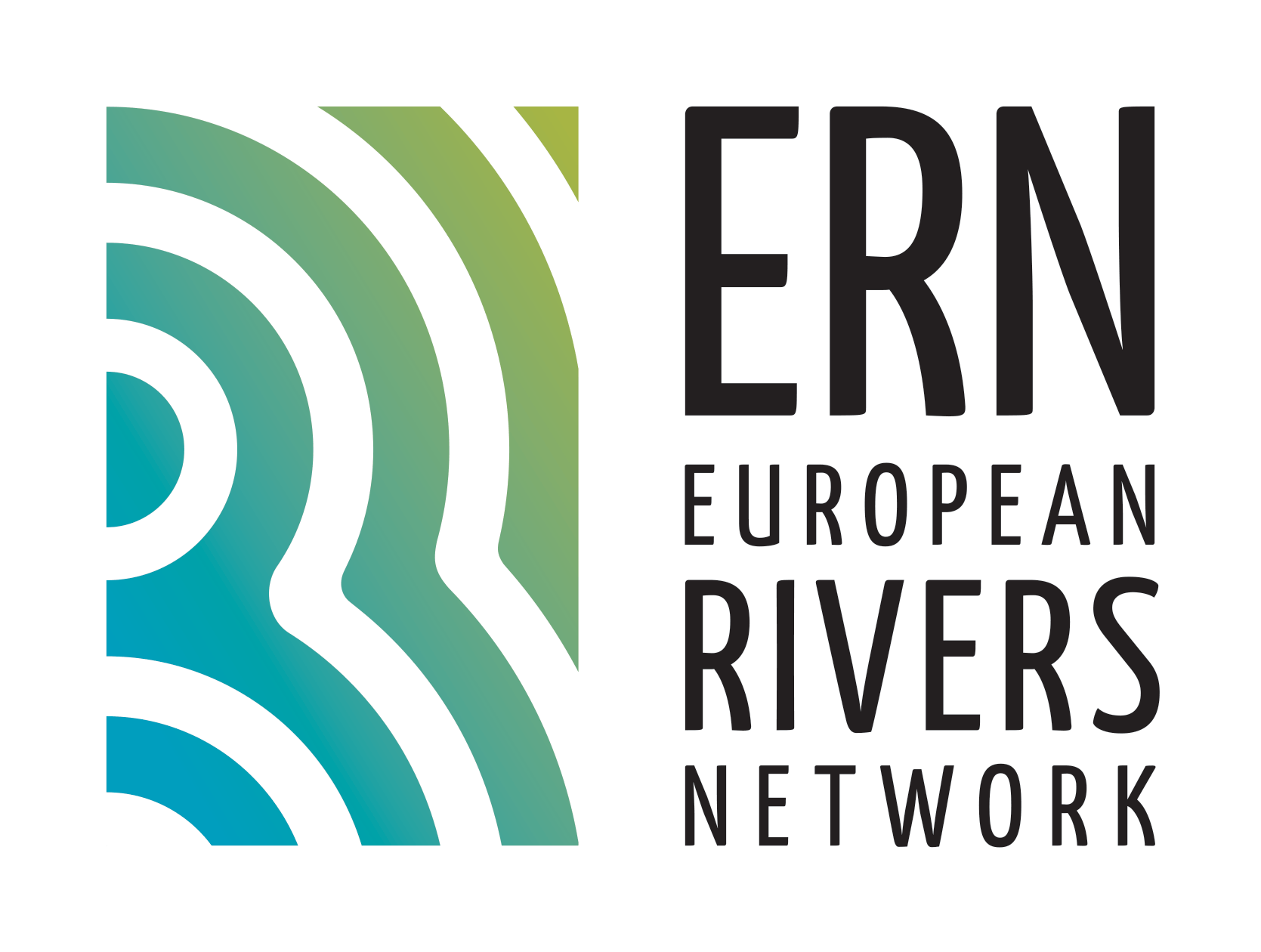

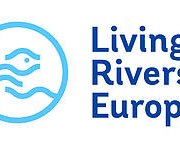
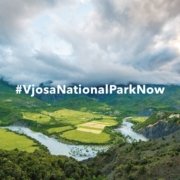

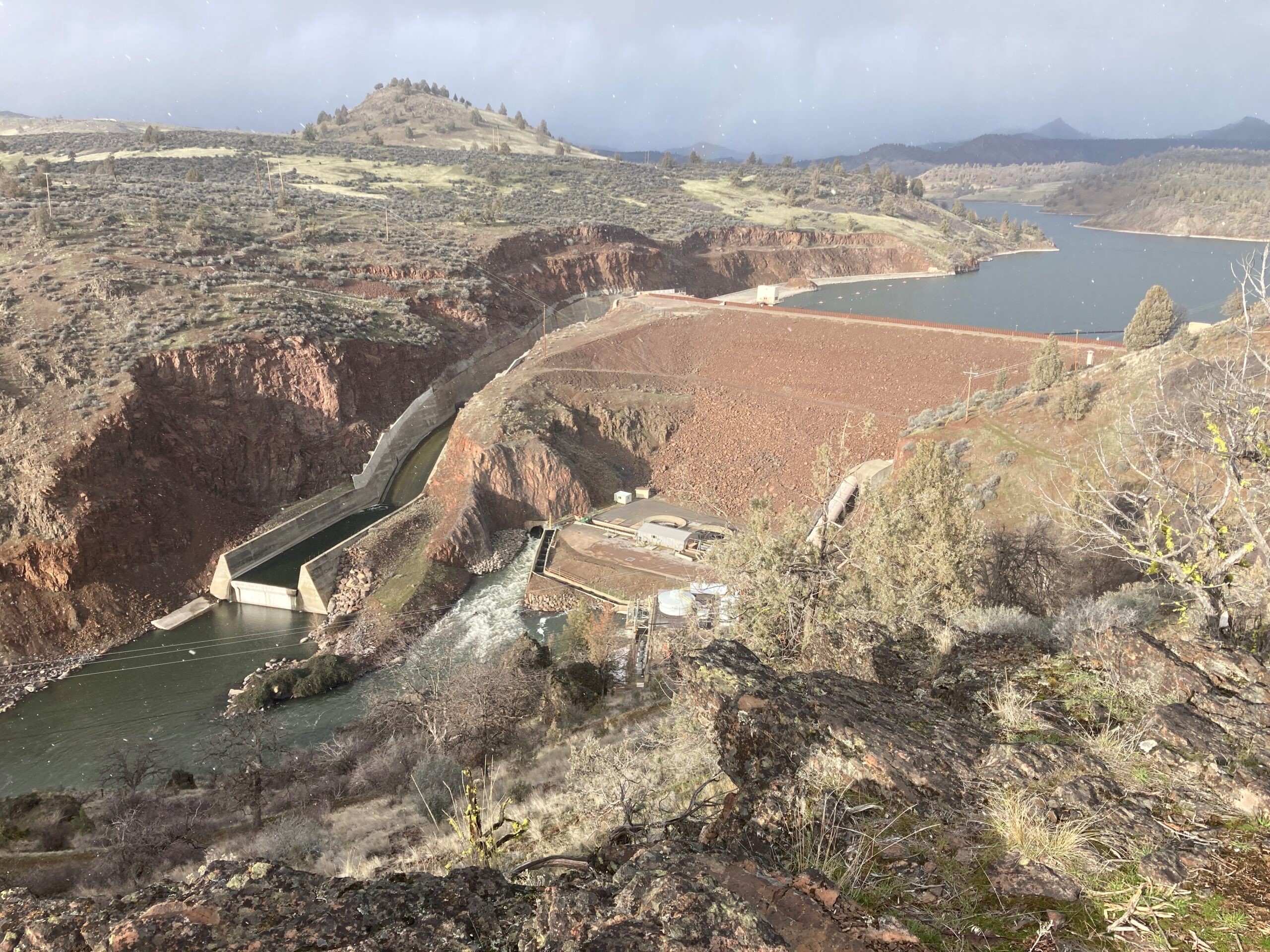
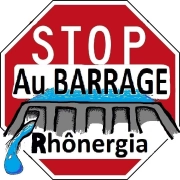
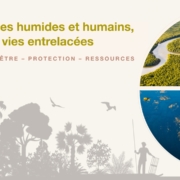
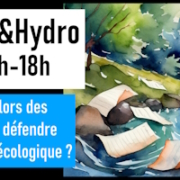

 ERN is the official WWF Freshwater Partner in France and cooperates with WWF Switzerland, Austria, Netherlands and others
ERN is the official WWF Freshwater Partner in France and cooperates with WWF Switzerland, Austria, Netherlands and others